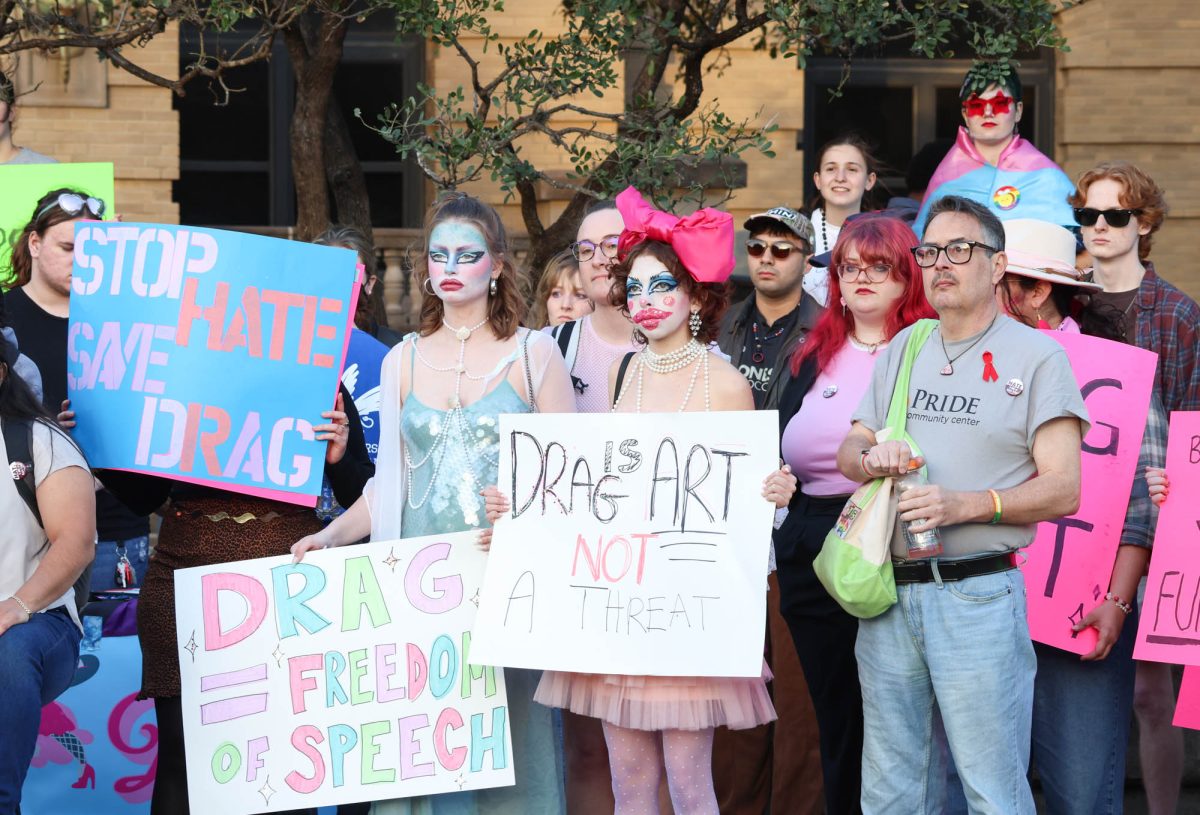Dr. Eleanor Green began the One Health movement at A&M with one major idea — coordinate human, animal and environmental caretakers to improve overall health.
The One Health Initiative at Texas A&M began in 2011 and is part of a larger movement to create cooperation between human health professionals and veterinarians. The organization promotes One Health through grants and educational seminars.
“We can not look at human health alone, we can not look at animal health alone,” said Green, dean of the College of Veterinary Medicine and Biomedical Sciences. “We must look at them together, and that is what One Health is — it is the inseparable nature of animal and human health.”
To progress this movement, the Texas A&M Institute for Preclinical Studies hosted a seminar Wednesday in which Dr. Peter Rabinowitz of the University of Washington discussed the need for collaboration. He cited many cases in which zoonotic diseases, or diseases that can be transferred from animal to human, are not being treated properly because there is no coordination between the two different types of health care professionals.
“Ebola is a zoonotic disease,” Dr. Rabonwitz said. “I was talking to some people in the medical field that didn’t realize that it had started in animals and had now jumped to humans. We are seeing more and more of these zoonotic diseases, and the human medical community isn’t really prepared to address that issue.”
Rabonwitz said the solution would be the coordination of the health professionals and the education of the medical community about the impact of zoonotic diseases.
“We have to find a way to get this into the medical curriculum so they will realize that zoonotic infections are just part of working around animals, and they need to do something about it,” Rabonwitz said.
In addition to this relationship between humans and animals, One Health has started making advancements toward finding a compromise in the area of antibiotics. Green was appointed Nov. 7 to a national task force that will address the issue of antibiotics in production agriculture.
“We think that is important on this campus because of the One Health grand challenge, we have identified One Health as one of our grand challenges, this is a very important piece that fits right into that,” Green said. “We cannot address the concern of antimicrobial resistance without looking at it in both animals and people.”
Green will work with the leaders of the Association of Public and Land-grant Universities and the Association of American Veterinary Medical Colleges. They will advise the government on a research agenda and educate the public.
Andrew Maccabe, executive director of AAVMC, said the task force was formed as a coalition between government officials and agricultural industry representatives.
“The reports of the president indicated the severity of this issue, meaning we need to protect the use of antibiotics so that we prevent resistance from occurring,” Maccabe said. “We are involved in the appropriate and judicious use of antimicrobial agents in production agriculture. We focus on the importance of stewardship and taking care that we use antibiotics judiciously in animal production.”
Antibiotic resistance has the potential to impact every person, Green said. In addition to that, One Health has become a platform for this movement toward responsibility.
“More and more people are learning more and more about One Health, very few, when they understand it, don’t get swept up in the concept,” Green said. “That’s the beauty of One Health; One Health is relevant to every single one of us in every single college.”
One Health Initiative works to coordinate human, animal health
November 24, 2014
0
Donate to The Battalion
$1765
$5000
Contributed
Our Goal
Your donation will support the student journalists of Texas A&M University - College Station. Your contribution will allow us to purchase equipment and cover our annual website hosting costs, in addition to paying freelance staffers for their work, travel costs for coverage and more!
More to Discover









